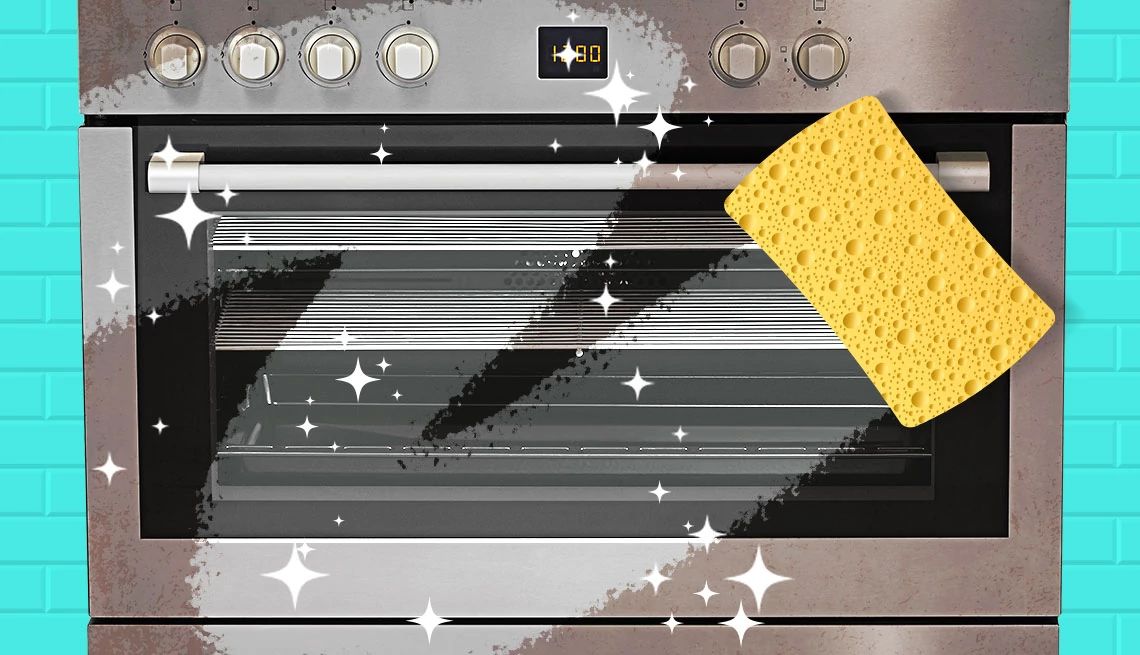AARP Hearing Center


Spring is a time of renewal and refreshing. That means it’s time to give your oven a thorough cleaning to make it sparkle and shine.
Ovens and stovetops are the workhorses of a kitchen, churning out daily dinners and baked goods, but they don’t always get the TLC they need.
Who likes dealing with chemical fumes and caked-on crud? But a dirty oven isn’t just an eyesore; it can spoil the flavor of food, and built-up grease can pose a fire risk.
“The key is not to let it go too long,” says Katie Holdefehr, associate editorial director of RealSimple.com and host of its “Spotless” cleaning how-to videos. “It’s so much less daunting than if you let everything collect.”
Nancy Steed agrees. When she moved to Wilmington, North Carolina, in the summer of 2022, the oven in her new home was so dirty “my husband and I had to get in there and scrub,” the 55-year-old says. “I think there were tears involved.”
How often you clean the oven depends on how often it’s used. If you cook often, experts recommend using natural home cleaning methods once a week and store-bought products once a month. Otherwise, you can clean once every few months or a couple of times a year.
Here are some oven cleaning hacks to make the chore easier:
Do some prep work before cleaning your oven
To start, make sure the oven is off. Oven cleaning can be messy, so wear rubber gloves and an apron or old clothes. Remove any large scraps of food stuck on the oven walls inside.
Choose the right oven cleaners
Plenty of commercial products are available. Or you can make your own from supplies in your kitchen, using natural ingredients like baking soda, dish soap, vinegar and lemons.




































































More From AARP
Quiz: What’s Your Spring Cleaning IQ?
How often should you wash your pillows? And when should you clean your windows? Take the quiz to find out!
Weird Cooking and Cleaning Hacks That Really Work
Some might sound strange, but they’re worth trying
AARP Smart Guide: 41 Ways to Care for Your Home Appliances
Protect your wallet by doing these simple things to make your appliances work better and last longer